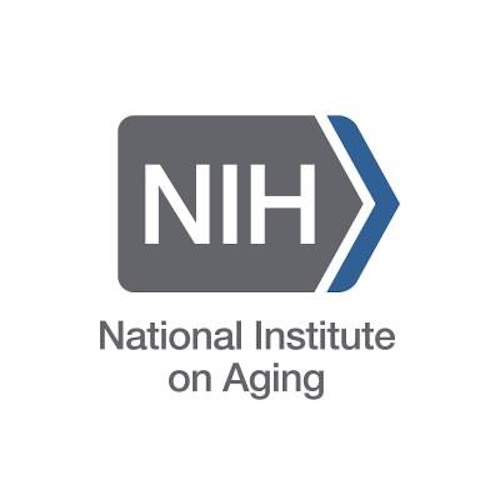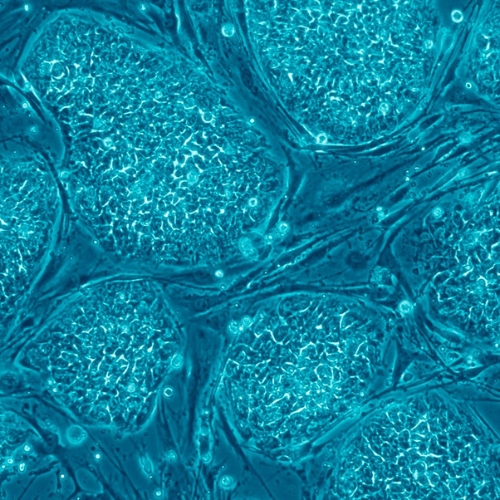Key points from article :
First-time evidence of reversal of telomere aging clock in a supercentenarian’s cells.
Possibility of identifying the underlying biology of extreme human healthspan, introduced.
Goal is to understand how they avoid major chronic illnesses.
Resetting in developmental state and cellular age in the 'oldest of the old' now possible.
Comparison with cells from 80-year old with Progeria and 43-year old disease-free control.
Supercentenarian’s cells reverted to induced pluripotent stem (iPS) cells.
This is at the same rate as the HDC subject and the Progeria patient.
Some negative impact of extreme age on telomere resetting should be noted.
Research by AgeX, published in Biochemical and Biophysical Research Communications.









